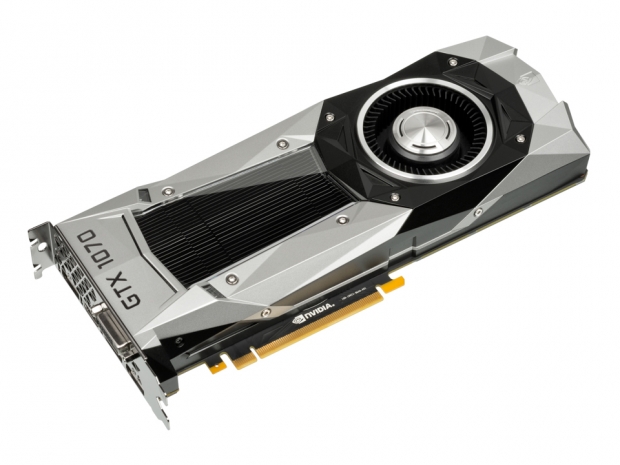Index
- Nvidia Geforce GTX 1070 Founders Edition review
- Hardware - Inside Nvidia's Founders Edition
- Geforce GTX 1070 Specifications
- Power efficiency and design
- Nvidia's Pascal GP104
- HDR display gaming now supported
- H.264 and HEVC playback on Geforce Pascal
- Single, double and half-precision performance
- PCI-E 3.0 x8 and PCI-E 3.0 x16 bandwidth
- Test setup
- Results - Fallout 4
- Results - Far Cry 4
- Results - No Man's Sky
- Results - The Elder Scrolls V: Skyrim
- Results - Just Cause 3
- Nvidia GPU Boost 3.0
- Conclusion
- All Pages
GPU Boost 3.0
With Nvidia’s introduction of Pascal, it is releasing the third update to its GPU Boost overclocking feature, which originally debuted with the launch of the Geforce GTX 680. The company says that after acquiring data from hundreds of thousands of users following the GTX 680 launch, its engineers determined that GPU temperature was more commonly an inhibitor to performance than power consumption was, leaving some margins of spare potential.
One solution was to develop a new software feature to fill in gaps of unused performance by dynamically overclocking the GPU to use all the available TDP headroom below a GPU’s target power limit. GPU Boost works by continuously monitoring power usage and temperatures, making real-time adjustments to clock speeds and voltages several times per second based on an application’s demands until the GPU reaches its TDP limit.
In GPU Boost 1.0 and 2.0, a combination of power consumption, temperature, GPU and memory usage data is collected through algorithms that use this information to adjust Boost clock, memory frequency and voltages. More specifically, with GPU Boost 2.0, the highest stable overclock was limited to the lowest adjustable stable frequency for every single voltage point on the curve. For example, if one point somewhere along the curve could overclock by 35MHz and nothing higher, this was the highest frequency at which the other points could be set.
Now with GPU Boost 3.0, the company is allowing users to manually adjust the clockspeed offsets at every individual voltage point. This results in a much more granular, fine-tuning experience over the overclocking process and should effectively make up for what the company refers to as “lost opportunity.”
Thankfully, EVGA’s Precision XOC utility can do most of the required guesswork by automatically scanning each manually adjusted voltage point for stability, and then creating a custom frequency curve with little user intervention. Mileage will vary of course, and the results will depend on whether the system freezes or locks up before it reaches the end. There is also a way of manually entering a slope value for a custom frequency curve rather than setting individual voltage points.




